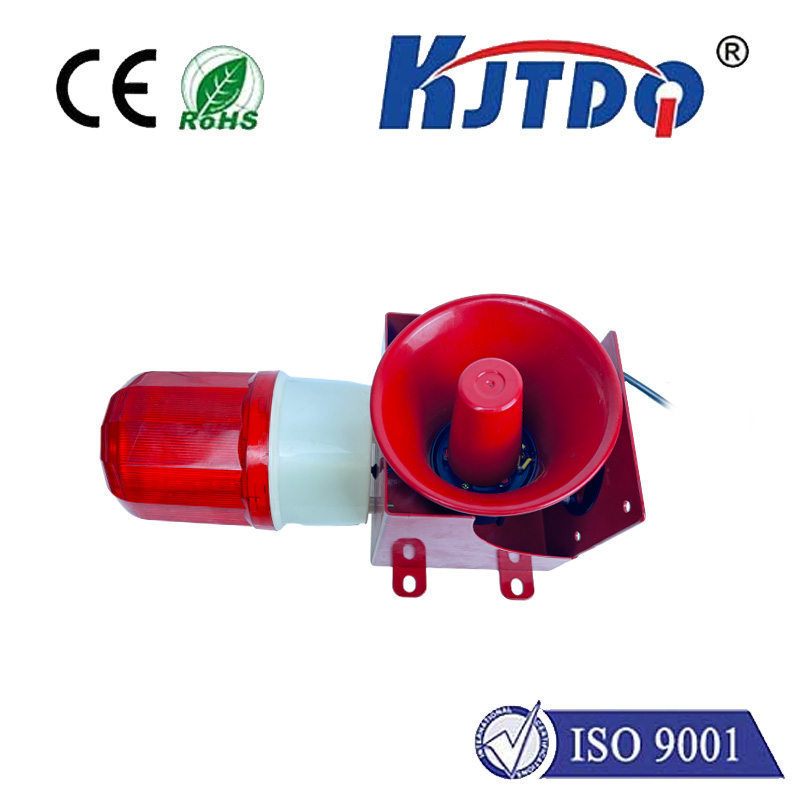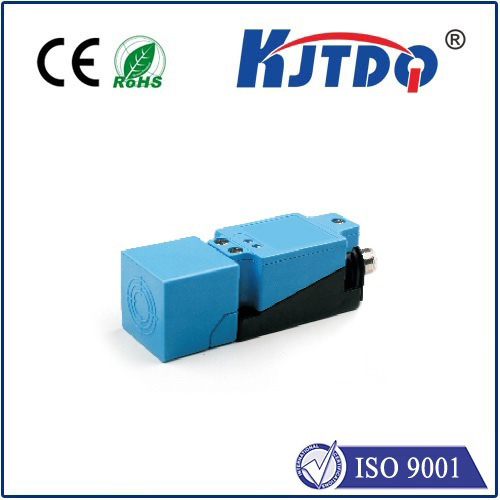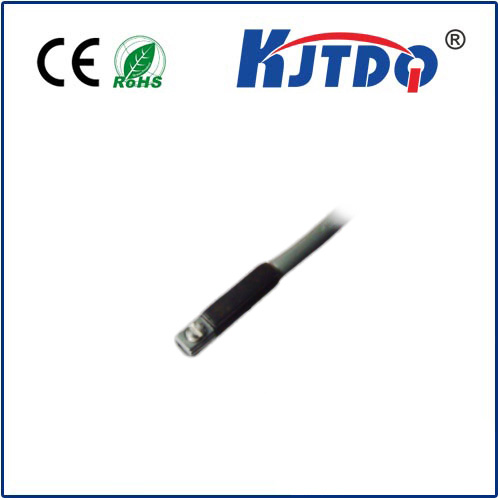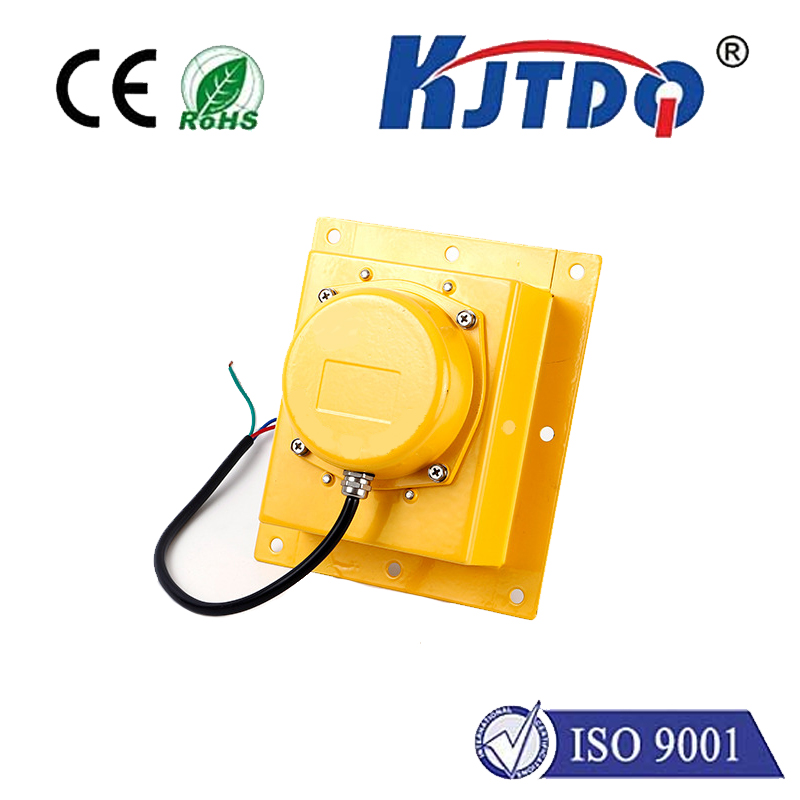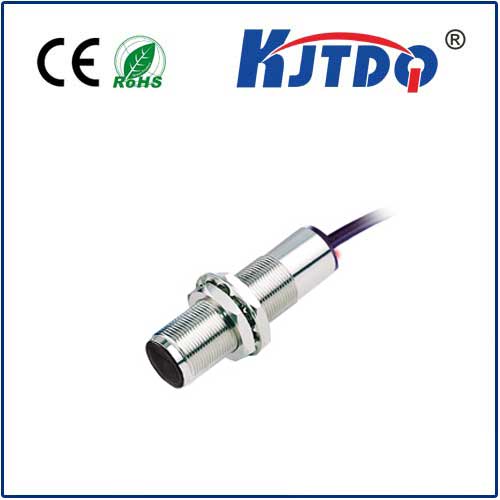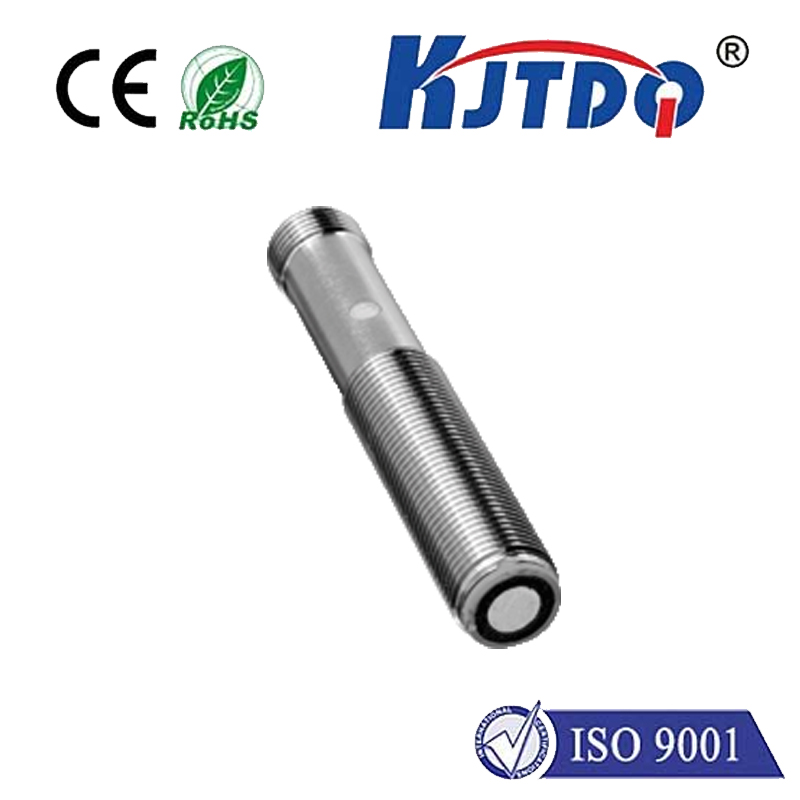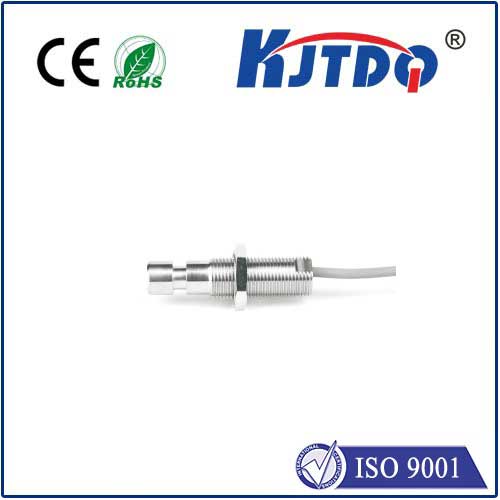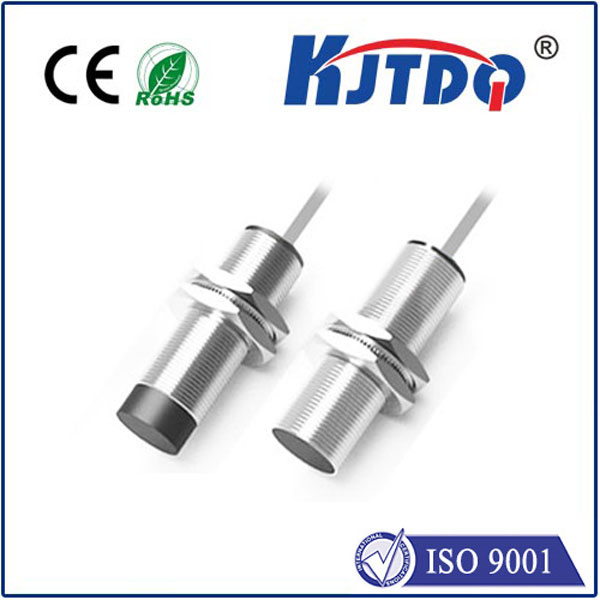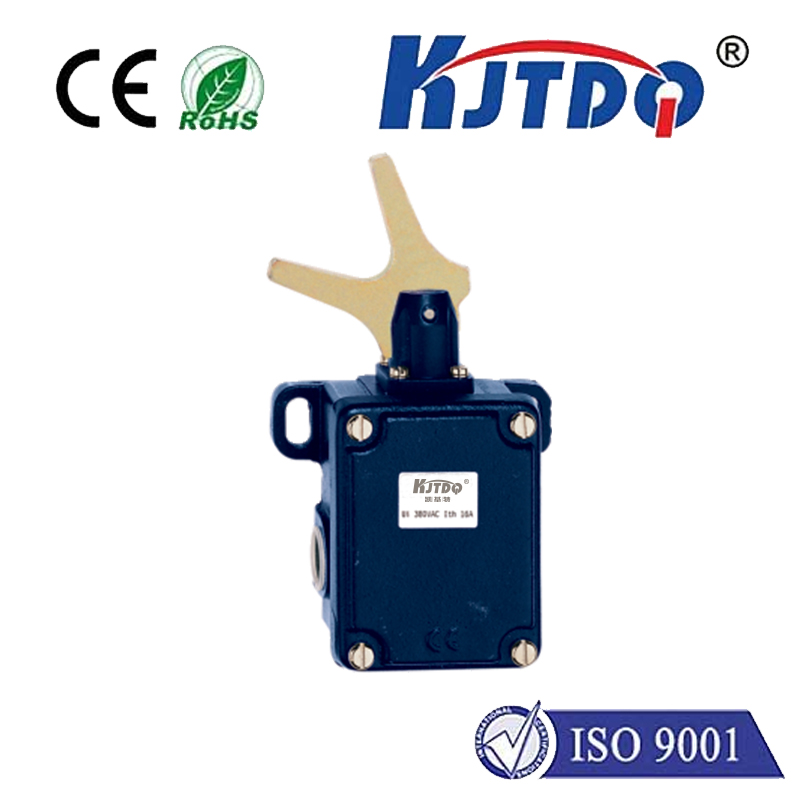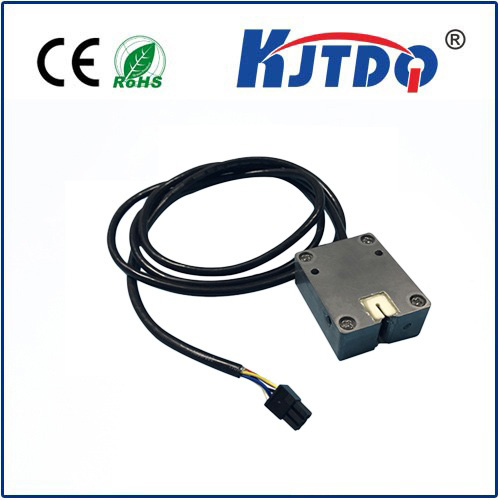
check

check

check

check
Capacitive Proximity Switch: A Versatile Solution for Industrial Automation
The capacitive proximity switch, a type of non-contact sensor device, has been widely adopted in industrial automation. Its operational principle is based on detecting the variation in capacitance between an object and the receiver plate to determine the object's proximity or departure status, which is then converted into a switch signal.
One of the most notable advantages of capacitive proximity switches is their ability to detect various types of materials. Apart from standard metal targets, capacitive sensors can also identify non-metal solids and liquids. This makes them particularly useful in scenarios where other sensing technologies may fall short. Furthermore, they can detect certain targets through other materials, broadening their application possibilities in industries where other technologies might be unsuitable.

Capacitive proximity switches are designed with adjustable sensing distances, adding another layer of versatility. This feature allows users to fine-tune the sensor's performance according to their specific requirements. For instance, Bulletin 875 capacitive proximity switch is known for its adaptability in diverse applications, making it a preferred choice among industry professionals.
The practical applications of capacitive proximity switches span across a wide spectrum of industrial sectors. They play a crucial role in automated assembly lines by controlling the flow of objects without any physical contact. In addition to that, they are instrumental in packaging machines, where accurate detection of products ensures seamless operation. These switches are also essential in liquid level monitoring, contributing significantly to the efficiency and safety of industrial processes.
In comparison to other sensing technologies, capacitive proximity switches offer unique advantages. Unlike mechanical switches, they do not require physical contact, reducing wear and tear over time. Compared to inductive or photoelectric sensors, they have a broader detection capability, including non-metallic substances. Their simplicity in design and operation further enhances their reliability and longevity.
The technology behind capacitive proximity switches relies on the basic principles of capacitance. As a conductive object approaches the sensor, it alters the electric field, resulting in a change in capacitance measured by the sensor. This subtle change is then amplified and processed to generate a corresponding switch signal. The sensitivity of these sensors can often be adjusted to cater to varying environmental conditions or specific application needs.
Moreover, the integration of capacitive proximity switches within complex systems is facilitated by their simplicity and compatibility with digital interfaces. With advancements in microprocessor technology, the information provided by these switches can be easily interpreted and used to control other machinery components automatically, streamlining operations and improving system efficiency.
In conclusion, the capacitive proximity switch offers an array of benefits that make it an indispensable component in today's industrial automation landscape. Its ability to detect a wide range of materials, coupled with adjustable sensing distances, provides a high degree of flexibility. The non-invasive nature of this technology also ensures increased durability and reduces maintenance requirements. As industrial automation continues to evolve, capacitive proximity switches will undoubtedly remain a critical element, driving efficiencies and innovations across various sectors.
